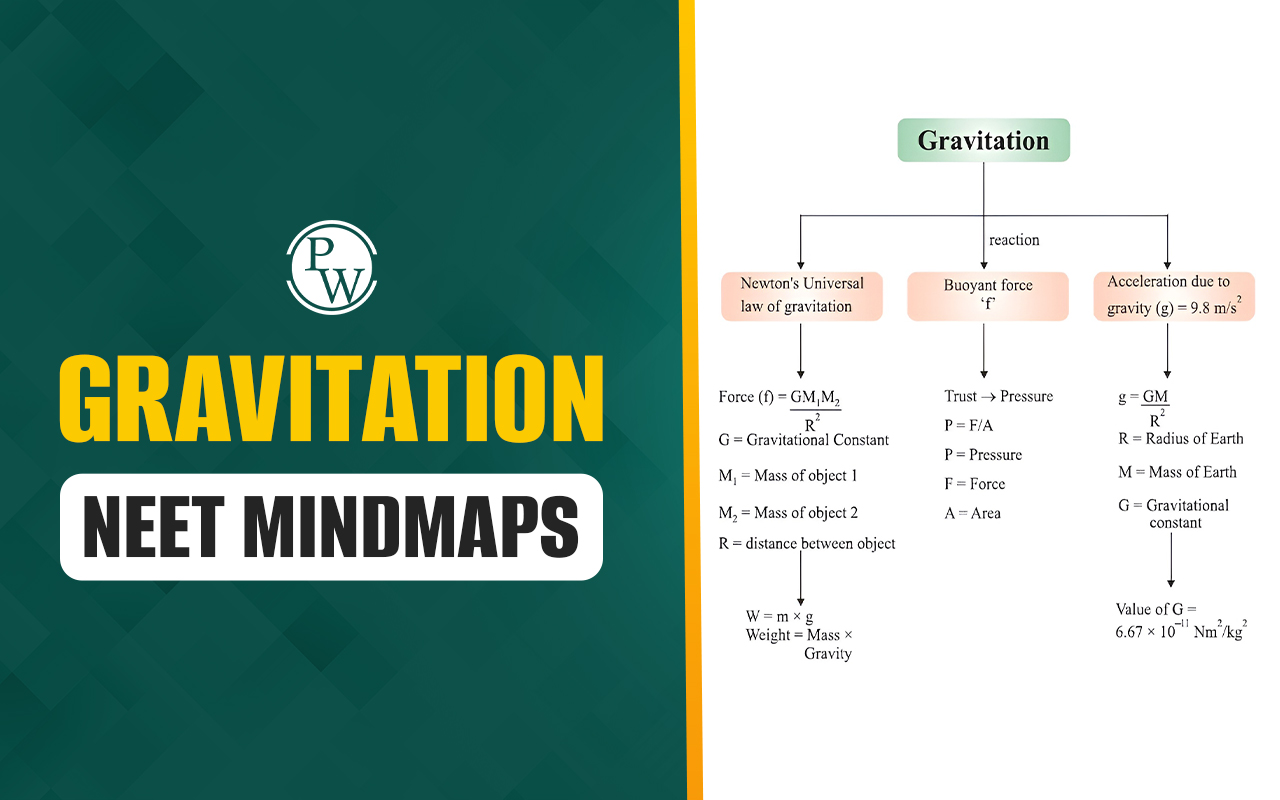

Poaceae, also known as Gramineae, represents a family of monocotyledonous flowering plants commonly referred to as grasses. These plants are highly adaptable, thriving in diverse habitats ranging from deserts and tundra to freshwater and marine environments. Due to their widespread presence and significance, Poaceae is a crucial topic in the NEET exam , especially under the classification of plants and their economic importance.
Definition of Poaceae
Poaceae, also known as the grass family or Gramineae, is a large and important family of monocotyledonous flowering plants. Members of this family are commonly referred to as grasses and are characterized by having long, narrow leaves, parallel venation, and a unique flower structure called a spikelet. Poaceae plants are found worldwide, in a variety of habitats, from deserts to wetlands, and play a significant role in the environment and economy. They include important crops like rice, wheat, corn, barley, and sugarcane, which are vital for food, fodder, and industrial purposes.Morphological Characteristics of Poaceae
The Poaceae family possesses several unique characteristics that set it apart from other plant families. These features are essential for identifying and understanding the plants within this family.- Stem : The stem in Poaceae plants can be underground, as seen in rhizomes or runners, or above the ground, herbaceous (such as wheat, rice, and doob grass). Some species, like bamboo, have woody, tall stems, resembling shrubs.
- Leaves: Grass leaves are alternate, simple, exstipulate (lacking stipules), and arranged in a distichous pattern (two rows).
- Inflorescence : The primary inflorescence of grasses is a structure called the spikelet. This small unit consists of a short axis called the rachilla, to which chaffy, overlapping scales (glumes) are attached, covering the florets.
- Flowers: Grass flowers are typically zygomorphic (bilateral symmetry) and can be bisexual or unisexual (though unisexual flowers are rare).
- Perianth: Grasses usually have two perianths (outer floral structures).
- Androecium: The male reproductive part consists of three stamens arranged in a polyandrous manner.
- Gynoecium: The female reproductive part is monocarpellary, with a superior, unilocular ovary that contains a single ovule placed at the base (basal placentation).
- Fruit: The fruit is typically a one-seeded caryopsis, where the fruit wall is completely fused with the seed.
- Floral Formula: Br. % ⚥ P2 (lodicules) A3 G1
Examples of Poaceae
The following are some important plants belonging to the Poaceae family:- Avena sativa (Oat, Jai)
- Triticum aestivum (Wheat)
- Sorghum vulgare (Jowar)
- Pennisetum typhoides (Bajra, Pearl millet)
- Hordeum vulgare (Jau, Barley)
- Saccharum officinalis (Sugarcane)
- Zea mays (Maize)
- Oryza sativa (Rice)
- Bambusa tulda (Bamboo)
- Cynodon dactylon (Doob grass)
- Erianthus arundinaceus (Sarkanda)
- Eleucine coracana (Ragi)
- Vetivera zizanoides (Khus-khus)
Economic Importance of Poaceae
The Poaceae family is of immense economic importance, serving various needs in human society.- Food: Several members of Poaceae are staple foods for humans, including Triticum aestivum (wheat), Oryza sativa (rice), Zea mays (corn), Avena sativa (oats), Hordeum vulgare (barley), Penisetum typhoideum (pearl millet), and Sorghum vulgare (sorghum).
- Fodder: The dried stems and leaves of cereal crops provide valuable fodder for livestock.
- Sugar: Saccharum officinarum (sugarcane) yields juice that is processed to obtain sugar.
- Ornamental Plants: Various grasses are cultivated for ornamental purposes, including Agrostis (floringrass) and Poa annua (meadow grass), commonly used in lawns.
- Alcohol and Beverages: Grains and sugarcane molasses are essential ingredients for the production of ethyl alcohol and other beverages.
- Bamboo Uses: Bambusa (bamboo) is used in construction for making building materials, huts, boats, carts, and pipes due to its strength and flexibility.
MCQs of Poaceae
Q1. The raw material used for making huts, boats, and buildings belongs to the family;
- Poaceae
- Cruciferaceae
- Graminae
- Both (1) and (3)
Q2. Presence of Capitulum inflorescence and bicarpellary syncarpus ovary with basal placentation belongs to;
- Graminae
- Leguminoceae
- Compositae
- Solanaceae
Q3. Match List-I with List-II to find out the correct option. List-I List-II
(A) Rice (I) Malvaceae
(B) Groundnut (II) Fabaceae
(C) Sunflower (III) Compositae
(D) Cotton (IV) Poaceae
- A-II, B-III, C-I, D-IV
- A-IV, B-II, C-III, D-I
- A-III, B-I, C-II, D-IV
- A-I, B-II, C-III, D-IV
Answers of MCQs of Poaceae
Ans1 . Both (1) and (3),| NEET Exam Important Links | |
|---|---|
| NEET Syllabus | NEET Biology Diagrams |
| NEET Biology MCQ | NEET Biology Chapter wise Weightage |
| NEET Biology Notes | NEET Previous Year Question papers |
Poaceae FAQs
Q. What is Poaceae also known as?
Q. Is rice in the Poaceae family?
Q. Is wheat a Poaceae?
Q. What is the Poaceae family?












